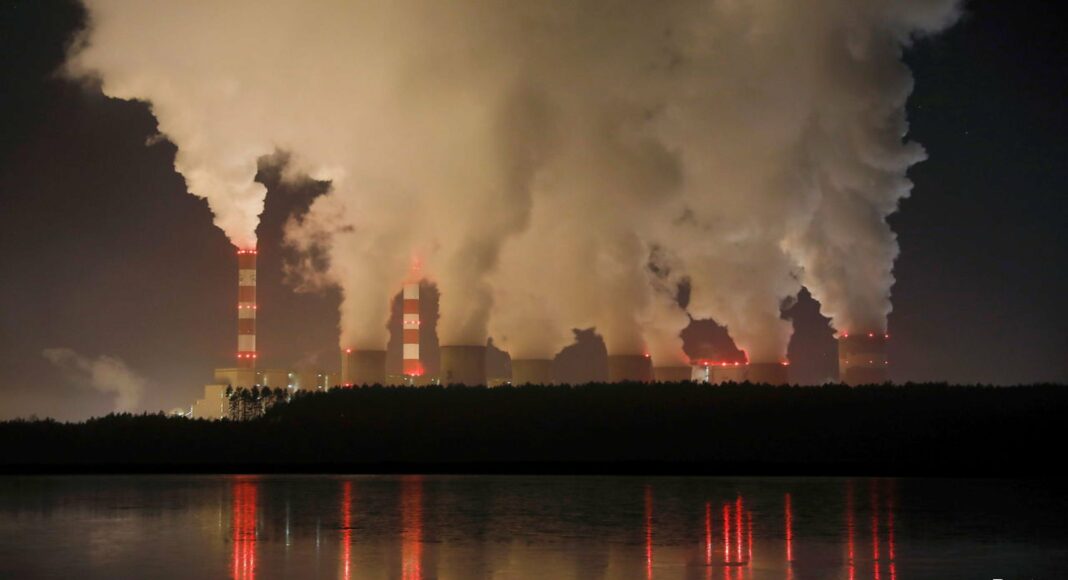Oct 13th 2021
“A NEW GLOBAL energy economy is emerging.” Thus declared Fatih Birol, head of the International Energy Agency, a global forecaster, launching the organisation’s World Energy Outlook, its annual flagship report, on October 13th. It is appearing less than three weeks before COP26, a big UN climate summit, gets under way in Glasgow. Not by chance: the IEA brought publication forward by a month so that the report could be a “guidebook” for the UN’s shindig.
The new economy detected by Mr Birol still has a long way to go. To be sure, the report spies it in many places. Clean energy, such as wind and solar, is the cheapest source of new power in most regions. Electric vehicles account for a tenth of new car sales in China and Europe. And since 2016 more green investment has flowed into the power sector, which is crucial for decarbonisation, than into the oil and gas industry.
But the report’s main purpose is to forecast the various paths the world could take as it tries to decarbonise. In the most pessimistic pathway, countries adhere to their stated energy policies and global warming continues unabated. On this trajectory, there is a 50% chance that the world’s mean surface temperature will increase by 2.6°C, and still be rising, by the end of this century, relative to pre-industrial levels. Another possible trajectory assumes that countries honour the climate pledges they have announced so far, which are more ambitious than their stated policies. Faster decarbonisation ensues (see chart). In that case, fossil-fuel demand peaks around 2025 and the planet’s heating is limited to about 2.1°C.
The best-case scenario is one in which the world only warms by 1.5°C by the end of the century—the more ambitious end of the target governments agreed on at the Paris climate summit in 2015. Increasingly climate science suggests that, in terms of the detrimental impact of climate change, the gap between 1.5°C of warming and 2°C (the upper bound of the Paris goal) is large. To achieve that cooler goal, carbon-dioxide emissions must be net zero by the middle of the century. The world is way off track. Countries’ current climate pledges would achieve less than 20% of the emissions cuts by 2030 needed to keep warming to 1.5°C.
How can the world get onto the right path? The IEA points to four areas of policy that need sharpened focus over the next decade: using clean electricity for more purposes, such as transport or heating; energy efficiency; preventing leaks from fossil-fuel operations; and boosting green innovation. All this ambition will, of course, require plenty of money. To cut carbon-dioxide emissions to net zero by mid-century, the IEA estimates, investment relating to the energy transition needs to grow three-fold, to roughly $4trn a year by 2030.
Much of the IEA’s analysis will not surprise those who follow the climate-change debate. But the report does add yet another voice to calls for more climate action ahead of COP26. And the IEA’s calls are particularly striking. The organisation was founded in 1974, after the first oil shock. Its aim back then was to protect the interests of oil-importing countries. Now as another energy crisis shakes the world, it wants more than ever to rid those countries of fossil fuels. ■



